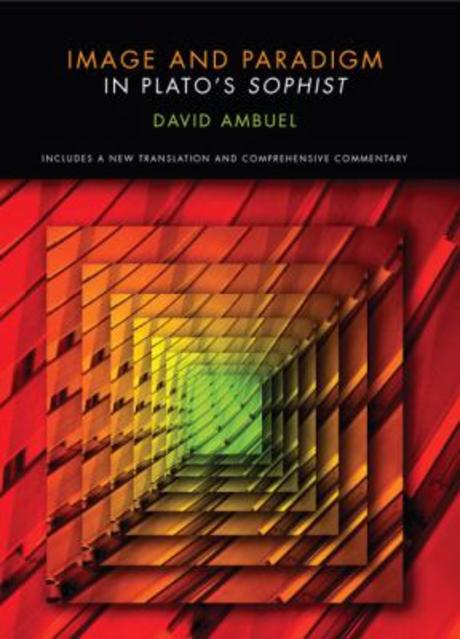본문
Powered by NAVER OpenAPI
-

-
Image and Paradigm in Plato’s Sophist
저자 : Ambuel, David
출판사 : Parmenides
출판년 : 2021
ISBN : 9781930972049
책소개
The Sophist sets out to explain what the sophist does by defining his art. But the sophist has no art. Plato lays out a challenging puzzle in metaphysics, the nature of philosophy, and the limitation of philosophy that is unravelled in this new and unconventional interpretation. This is a new translation of this important late Platonic dialogue, with a comprehensive commentary.
[예스24에서 제공한 정보입니다.]
목차정보
Prefacep. ixIntroductionp. xiDramatic settingp. 3Statement of the problem (216a-217b)p. 4Paradigms (217b-219a)p. 6Diaeresis: The method of divisionp. 10Speusippusp. 11Diaeresis in Aristotlep. 13Diaeresis in the dialoguesp. 16Diaeresis in the Phaedrusp. 17Diaeresis in the Statesmanp. 21Diaeresis in the Philebusp. 24Preliminary summary of Platonic diaeresisp. 26The angler (219a-221c)p. 33Diaeresis in the Sophistp. 35[Characters not reproducible] and [Characters not reproducible] (art and knack)p. 42The attributes of sophistryp. 45First definition: The sophist as hunter (221c-223b)p. 48Second, third, and fourth definitions: The sophist as huckster (223c-224e)p. 51Fifth definition: The sophist as verbal athlete (224e-226a)p. 54Sixth definition: The sophist as educator (226a-231c)p. 56A [Characters not reproducible] (opinionative knowledge) (231c-233d)p. 62Imagesp. 67The image-making art (233d-236c)p. 70The vocabulary of imitationp. 70[Characters not reproducible] (image)p. 71[Characters not reproducible] (appearance)p. 73[Characters not reproducible] (likeness)p. 74The theory of participationp. 75Image and imitation in the Sophistp. 77Not-being (236d-239e)p. 81Oppositionp. 85Not-being and images (239e-240c)p. 87False opinion (240c-242b)p. 89The more accurate analysis of being (242b-244d)p. 90[Characters not reproducible] (what is)p. 93The Sophist and the Parmenidesp. 94Whole and part (244d-246a)p. 102The senses of beingp. 105Being and differencep. 107The less accurate analysis of being (246a-248a)p. 108The earth-bornp. 111[Characters not reproducible] (power)p. 113The friends of the forms (248a-249d)p. 117Recapitulation: The perplexity of being (249d-251a)p. 123The modes of combination (251a-252e)p. 127The definition of dialectic (252e-254b)p. 132The communion of kinds (254b-255e)p. 141The five greatest kinds, in outlinep. 148[Characters not reproducible] and [Characters not reproducible]p. 150The definition of not-being (255e-257a)p. 152The reductio ad absurdump. 155Kinds and formsp. 158Oppositions againp. 159False statement (259b-264b)p. 163Being as truthp. 165Truth and falsity, truth and ignorancep. 167On saying, saying something, and saying something that isp. 170Conclusion (264b-268a)p. 173Sophist translationp. 179On Owen and some othersp. 249Selected bibliographyp. 267Indexp. 273Table of Contents provided by Ingram. All Rights Reserved.
[교보문고에서 제공한 정보입니다.]